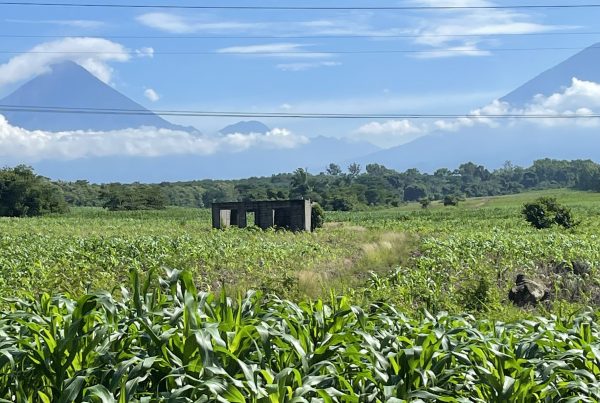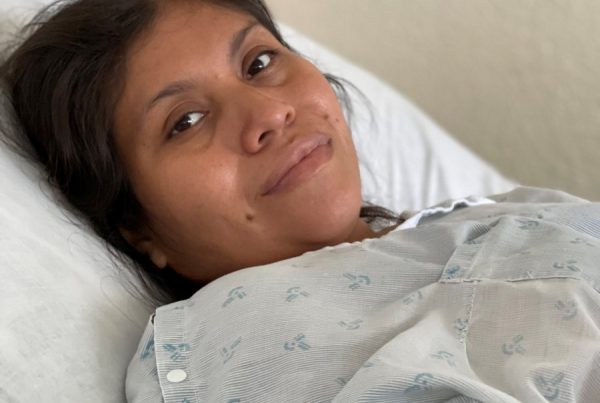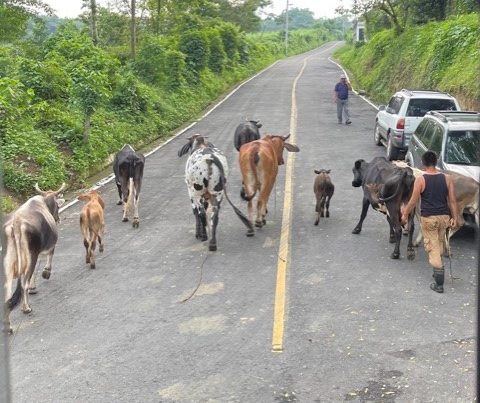In less than 24 hours the Bullard Surgery Team 692 will land in Guatemala City!!!
FYI: This post will be my last full-length blog for this trip blog.
In the second pre-departure blog post, I described the situation on the ground in Guatemala from a very generally in terms of social and economic conditions.
From the luxury of the United States we do not really get see the worst devastation in the any part of the developing world. At other times, what we do hear or read about conveys a significantly more positive outlook. It can even make it seem better than any aftershocks felt around the United States. Unfortunately, the reality is drastically worse—especially in low-middle-income countries like Guatemala.
Therefore, for the this last pre-trip blog, let’s take a quick look at COVID-19 and its “numbers game” in the lovely, yet admirably humble, Central American country of Guatemala.
COVID-19 in Latin America
According to the World Health Organization (WHO), the Americas region has had more confirmed cases of COVID-19 infections than any other region in the world. In descending order the hardest hit global regions are: the Americas, 67,798,126 cases; Europe, 54,461,268 cases; South-East Asia, 32,229,698; Eastern Mediterranean, 10,196,866; Africa, 3,530,845; and Western Pacific, 3,075,260.
In the Americas region, specifically, 67,798,126 cases have been recorded since January 2021. While the United States leads our Americas region in the number of confirmed COVID-19 cases, it does not reflect the grime regional reality. In fact, Brazil, Argentina, Colombia, and Perú are currently the worst hit countries in Latin America. But what about all too often overlooked Central America sub-region?
Enter Guatemala, which is located in the Northern Triangle region of Central America.
(The Northern Triangle Region includes Guatemala, Honduras, and El Salvador, and arguably it has been the most violent geographical part for several years. For a quite review of the root causes, please refer to this short op-ed published back in 2019.)
The Effects of COVID-19 on Guatemala
In Guatemala, between January 3, 2020 and June 3, 2021, Guatemala experienced a total of 257,167 confirmed cases of COVID-19 in addition to 8,214 deaths. At first glance, these numbers may appear better than what we have faced in the United States. However, looking at the population sizes and taking into account levels of development, tells a very different story.
Current infection rates are as follows.
| Country | Percent of Peak | Infections per 100K people in last 7 days |
|---|---|---|
| Argentina | 95 and rising | |
| Brazil | 85 | |
| Guatemala | 75 and rising | 43 |
| Chile | 70 and rising | |
| Perú | ||
| Honduras | 64 | |
| Costa Rica | 64 | |
| El Salvador | 34 | |
| México | 17 | |
| United States | 7 falling | 35 |
Source: Data taken from Reuters COVID-19 tracker on June 3, 2021.
I hope many of you are able to notice the stark differences between what is happening right now in Guatemala versus in the United States. Additionally, Guatemala is the worst hit country in all of Central America and North America. It is beyond devastating.
And, unfortunately, the bad news does not end there.
As of June 3, 2021, Guatemala has administered a little more than 561,000 doses of COVID-19 vaccines so far. That is enough vaccines doses to inoculate less than 2 percent of its total population, assuming every individual needs two doses. At this rate, it will take Guatemala another 176 days to vaccinate another 10 percent of its population. Moreover, that is assuming the country has access to enough vaccine does and has the infrastructure to disperse it to everyone. Sadly, that is not a reality.
In contrast, the United States is one of only ten countries globally that has enough vaccines to inoculate more than 40 percent of the country’s population. The United States has so far administered nearly 300 million doses of COVID-19 vaccines, which is enough for about 45 percent of individuals living in the United States to receive two doses. Reuters estimates that at the current rate of vaccination the United States will be able to vaccinate against COVID-19 another 10 percent of its population in only 53 days.
Finally, rates of COVID-19 infections and deaths among indigenous peoples and prisoners in the criminal justice system in Guatemala is much, much worse. Unemployment continues to increase. The right to work, especially for younger workers is severely limited. Prison conditions and access to justice have substantially deteriorated. And much worse…
The Guatemalan Government’s Response to the COVID-19 Pandemic
In 2020, the Guatemalan presidency initially launched a hardline approach to counter the spread of the illness. This campaign imposed mano dura-like policies on the entire Guatemalan population, severely interrupting their freedoms of movement and assembly. The government has since abandoned this punitive policy in favor of a politically motivated lifting of health safety restrictions and punitive enforcement measures/tactics. However, respect for human rights in Guatemala still remains intensely threatened.
Back to Health Care in Guatemala…
Pre-global pandemic, the state of health care in Guatemala was, at best, spotty. Non-profit or international organizations, similar to Faith In Practice, contributed much needed assistance. Today social and health protection are even worse due to both the spread of COVID-19 regionally and the Guatemalan government’s pretty hands-off approach to the pandemic. Thus, it is even more critical for Faith In Practice’s trips to be restarted however they can. And that is exactly what they are doing.
In closing, every little bit counts. There is no aid that is too small. So, if anyone is able to contribute monetarily to the Bullard Surgery Team 692’s trip this year, any amount would be greatly appreciated. To contribute and be an essential member of this team from your own home, please donate whatever you can here. And, if monetary contributions are not possible for your household right now, I hope you will please consider sharing our mission with your friends, family, and social media contacts. Thank you.





